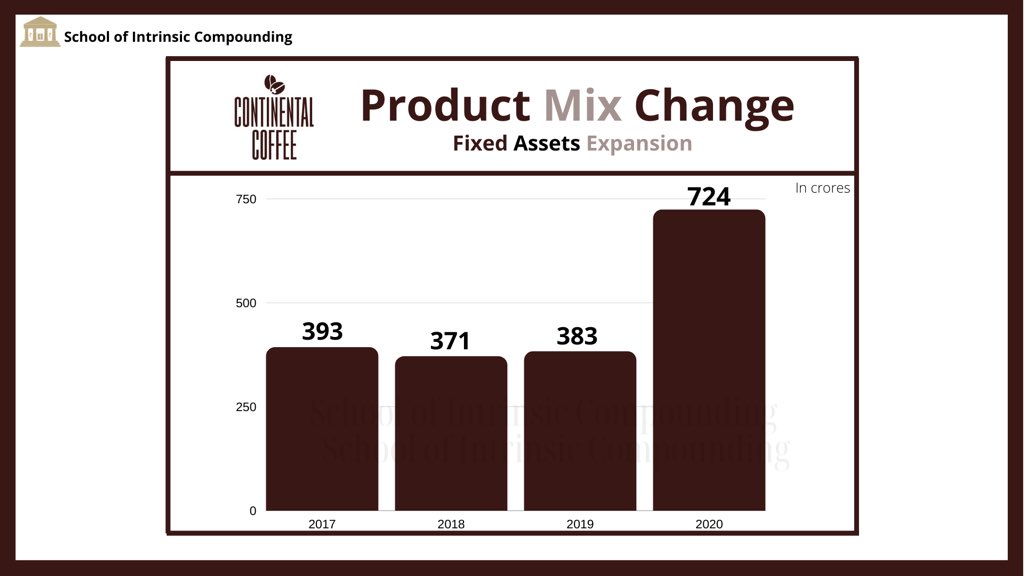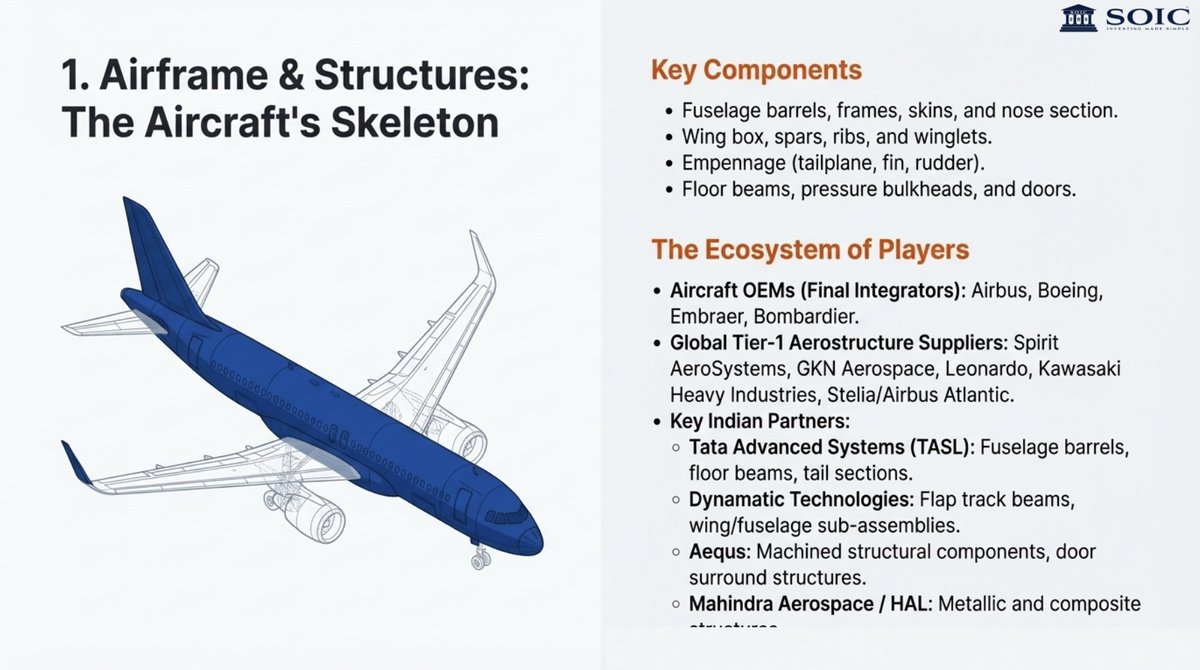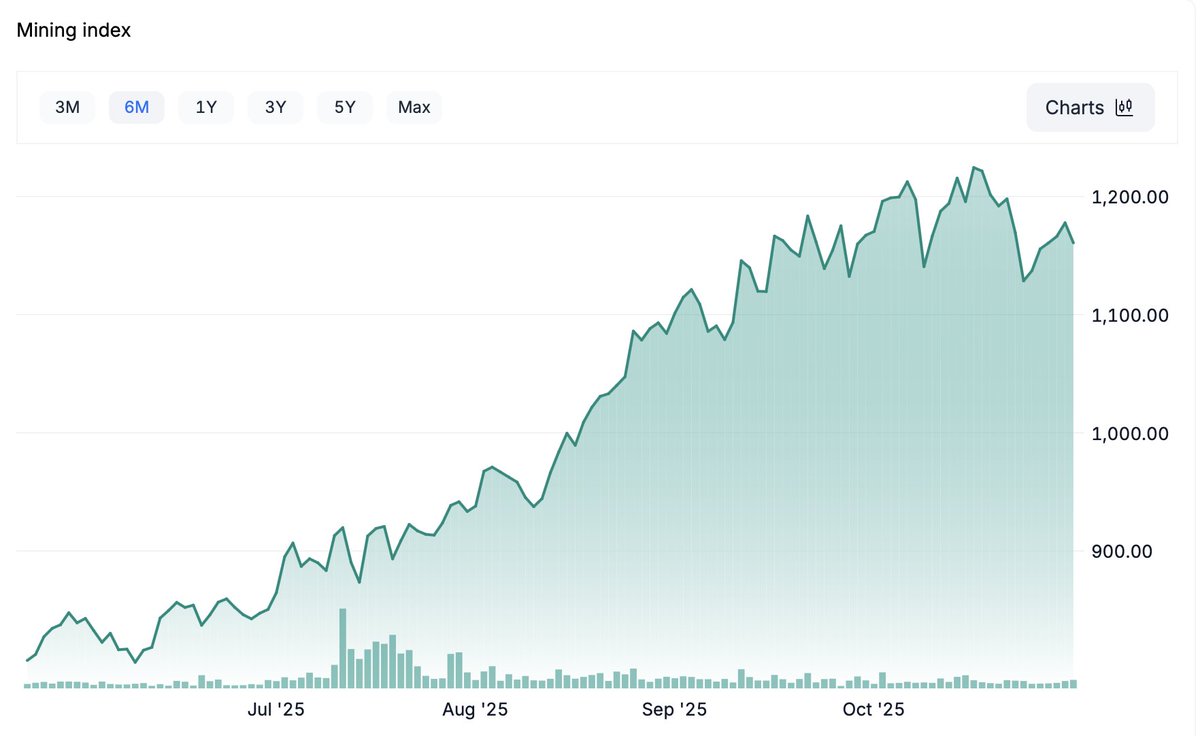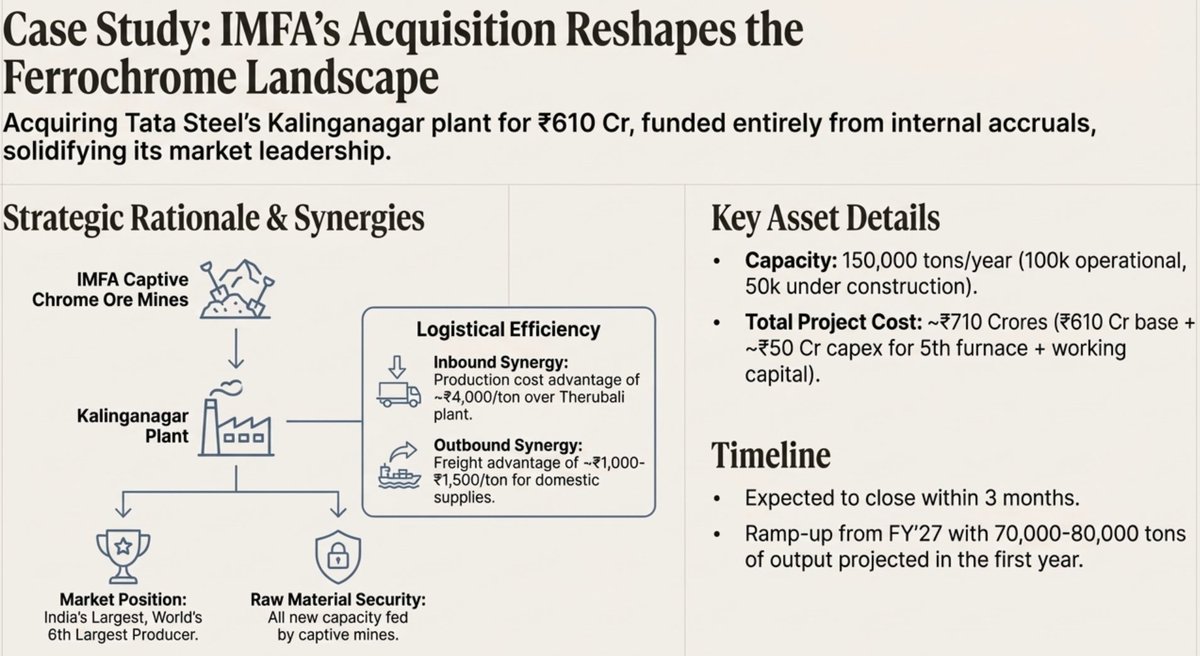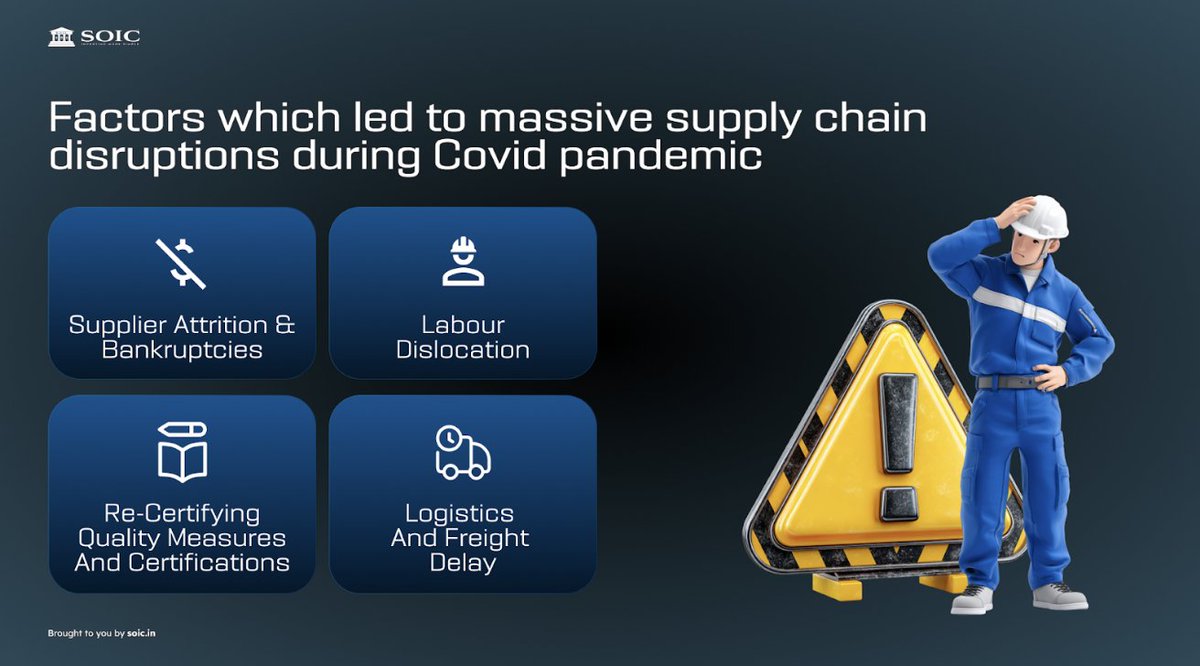Variant Perception 🎯
“To be able to take advantage of such divergences, you have to think in a way that departs from the consensus; you have to think different and better. This goal can be described as second-level thinking or variant perception”
- Howard Marks



“To be able to take advantage of such divergences, you have to think in a way that departs from the consensus; you have to think different and better. This goal can be described as second-level thinking or variant perception”
- Howard Marks


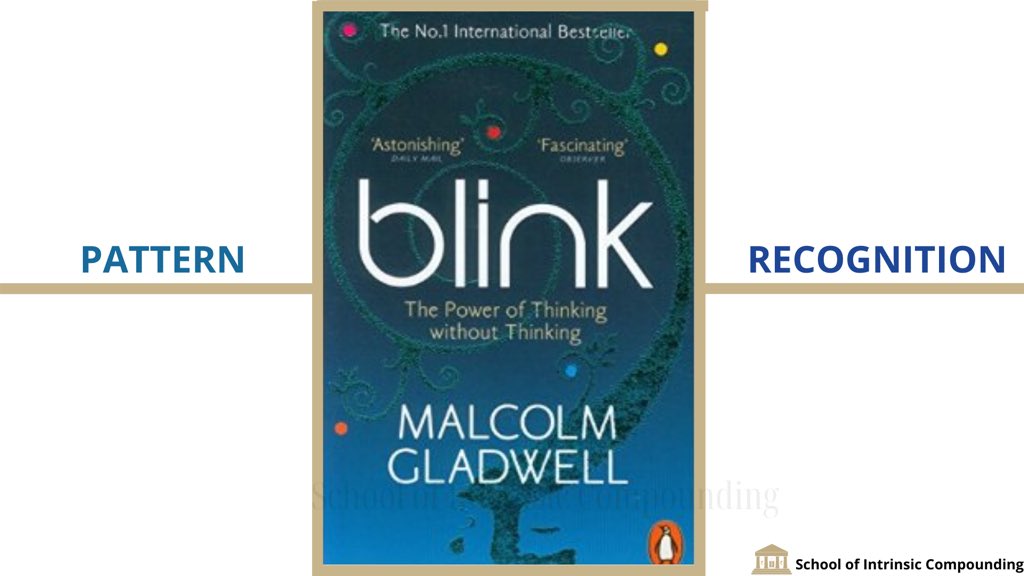

• • •
Missing some Tweet in this thread? You can try to
force a refresh



